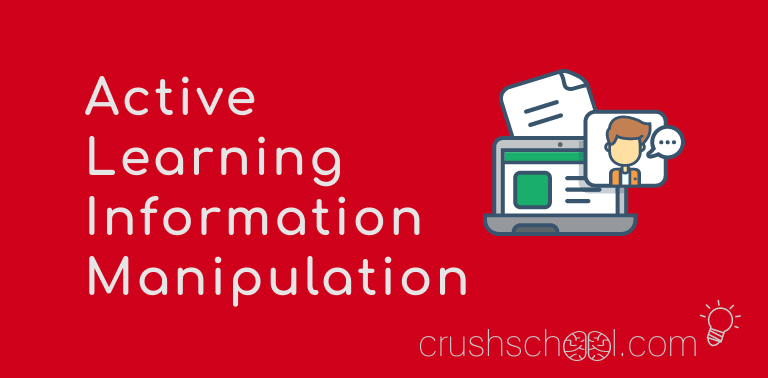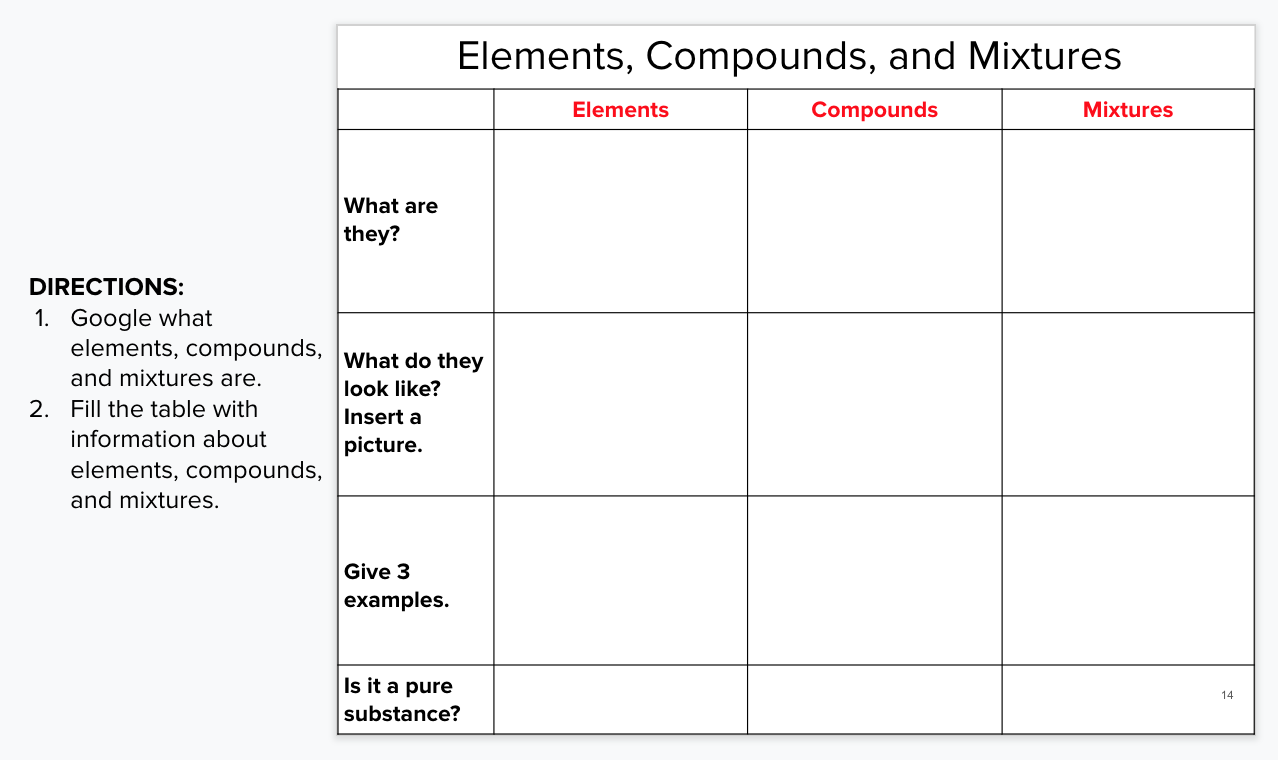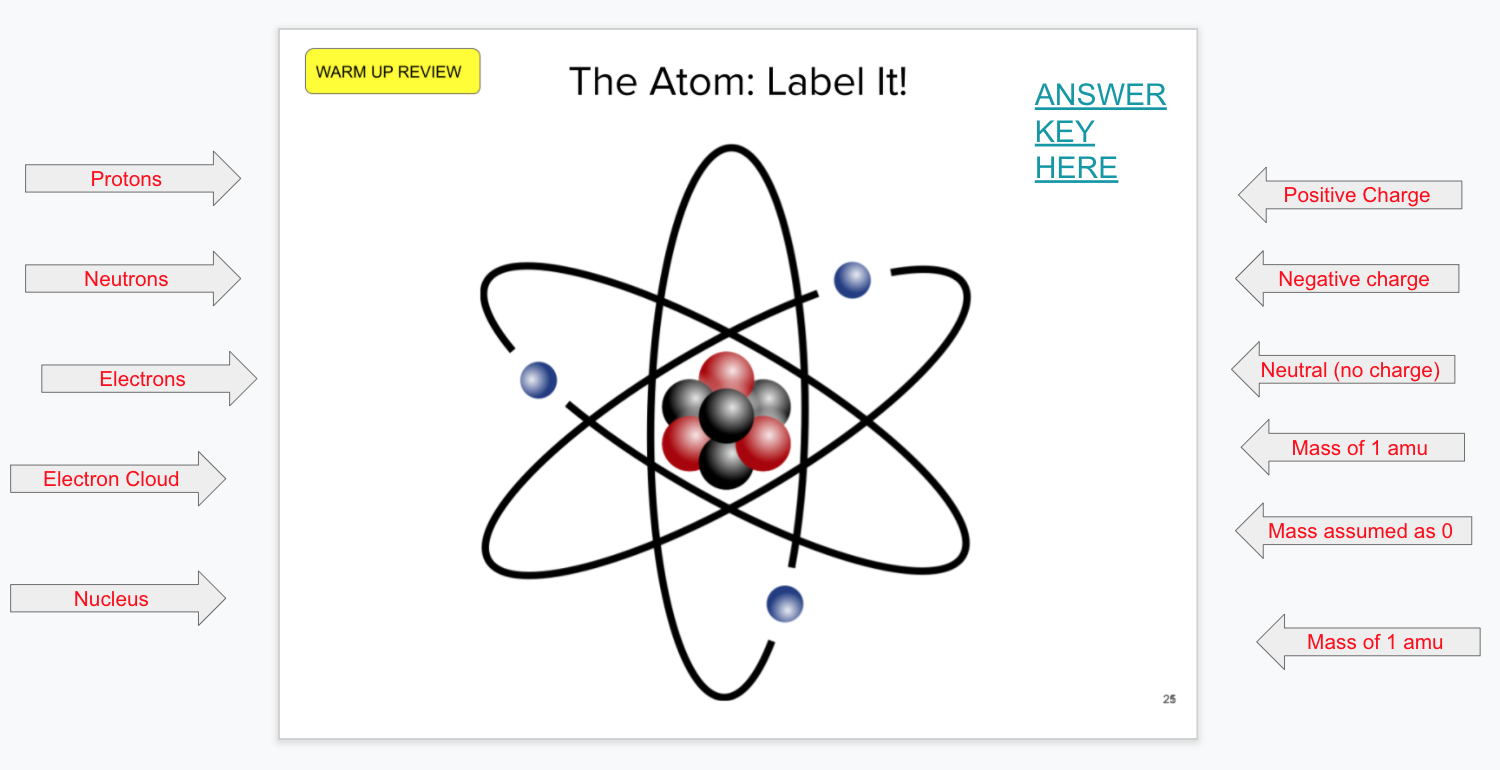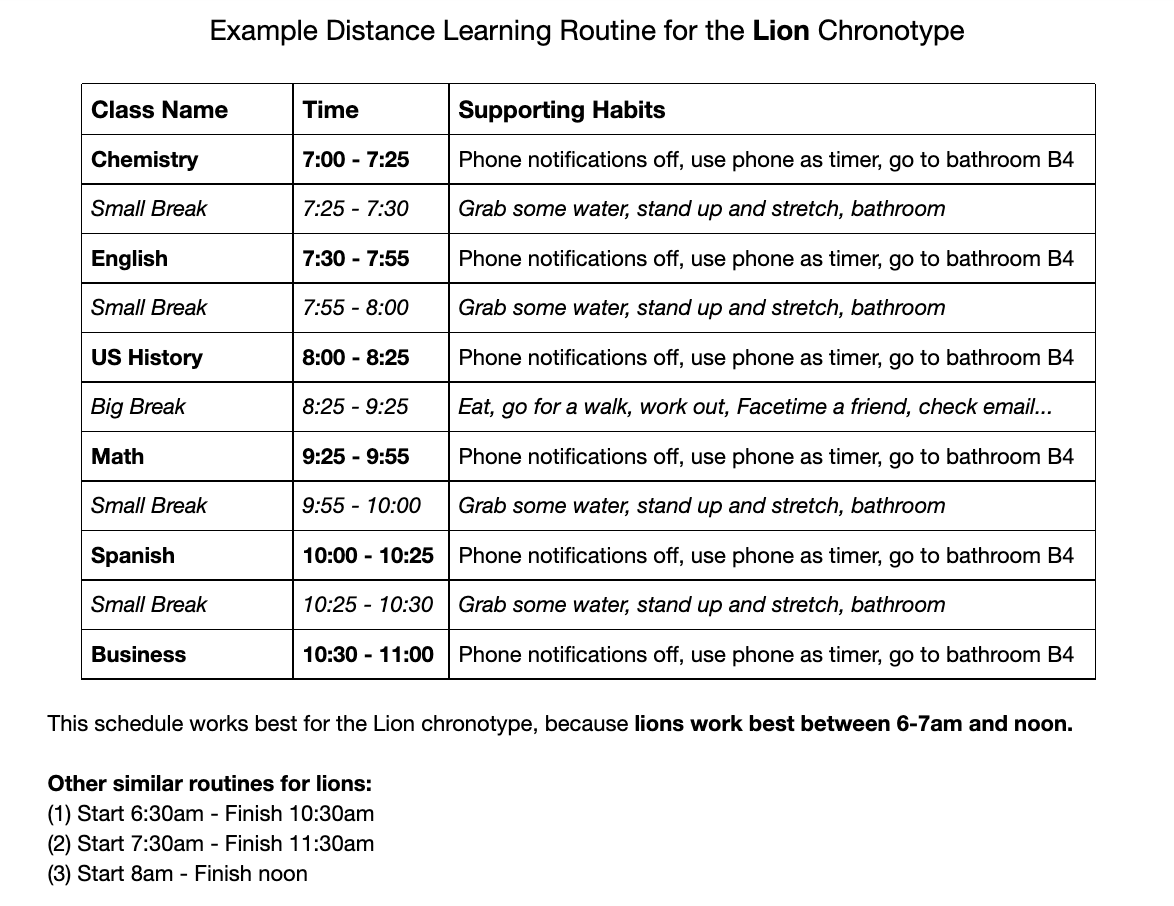How to Maximize Learning with Students Teaching Students
“When you teach something, you get to learn it twice”
If you’re a teacher, you probably disagree with the quote above. It’s a gross understatement.
Teachers do not teach something just once. We do it daily, repeatedly, and continuously. We teach the whole class, small groups, and individual students. We teach face to face, virtually, and after hours. We tutor to better explain and answer questions to clarify. We teach and get to learn it multiple times.
Explaining concepts, showing others (students and teachers) how to do something, giving examples, and modeling how to apply learning over and over allows us to learn that which we teach more deeply. This is how we constantly level up our teacher mojos.
Good news is… sharing our teaching mojo does not diminish it. It adds to it. Leveraging learning by teaching with our students to help them develop higher levels of expertise makes us better teachers. It allows us to relinquish control and help students figure out how to learn more effectively.
The enhanced real-time processing of concepts and practice of skills involved in creating content designed to teach others improves the understanding and memory of this content and this is the premise of this article.
Student-Created Educational Content
Teaching is one of the best ways to learn because it forces the person doing the teaching (not just teachers) to first understand the content and be able to elaborate on it and then give examples and apply the content in a useful way.
Fortunately, teaching is not just for teachers. Anyone can do it. With direction and practice, students can teach each other. Akin to an effective teacher who focuses on creating educational activities maximizing student understanding and retention in real-time, students can be given opportunities to create instructional videos, graphics, and other devices that explain concepts and teach skills during class time.
Students will not become experts in what they’re teaching right away. That’s not the point. The idea is to help students deepen their knowledge and understanding of the topic by giving them more time to process it and getting them to process it with more intention. And if they feel that learning directly from the teacher serves them better, point out that research proves that active learning leads to actual learning. Thus, engaging in thinking about how to best explain something to someone else and then creating a product that does it results in deeper learning.
Student-Created Instructional Videos
There are many ways we can create lessons and activities that give students opportunities to learn more deeply by teaching each other. Today, I will focus on how teachers can combine smart practice and Flipgrid, an app many of you already use, to get students to process concepts and practice skills they are learning in multiple ways.
This is different from response videos. Instead of just responding to a prompt, students are asked to look through the same creative lens teachers use when designing learning content. But while teachers create content to help others learn and student-created videos can be used in the same way, the main goal of the videos is not to teach others. It is to help those creating the videos learn better.
And students don’t even need to know this. Psych!
I mean, it’s okay to make our protégés privy to this evil, learning-maximizing plan, but it’s not necessary.
Smart Practice and Flipgrid: Instructional Video Activity Example
Many students are not “natural-born teachers.” They need guidance. Concise but specific instructions help with that. Here’s an example activity I used to help my students remember how to calculate atomic mass of an element in a high school chemistry class.
First, I explained how to calculate atomic mass and gave students time to practice a few calculations. Then, I set them loose to work on their “Teaching How to Calculate Atomic Mass” videos. My hope was to get my students to “meta” the procedure - instead of just applying it to solve problems, I wanted them to break it down into steps which would hopefully lead to a deeper level of understanding and longer-lasting memory. I also wanted my students to practice smart by avoiding mindless repetition and learning actively by processing the procedure in several ways.
I use this instructional video activity with my chemistry and engineering students regularly to help them learn more actively and be more successful academically.
Why “Teaching” Maximizes “Learning”
Teaching isn’t standing in front of the class physically or appearing virtually. Teaching isn’t creating and distributing content. Teaching isn’t explaining concepts and exemplifying skills. Teaching is all of these things plus reflection and preparation - perhaps the two biggest teacher mojo multipliers. And, we can use them as learning maximizers too.
Let’s meta it.
When teachers look for educational content to use in or to re-purpose for their classrooms, they are forced to consider whether it will and how it will help students learn. If a process or a procedure is complex, we might chunk it and break it down into smaller steps. Then, we look for the best way to teach this new information - one we hope to be concise but comprehensible. Next, we might look at common misconceptions and possible questions. Finally, we do it - we deliver content to help our students learn.
And then we do it all over again. We reexamine, reflect, and recreate year after year. The work is never finished, not always easy, but often fun and mind-expanding. It helps us learn and grow.
How does this apply?
In the Instructional Video Example above, finding the atomic mass problem and deciding which one to use and why, forces students to become engaged and make a thoughtful choice.
Solving the problem gives students additional practice, but it is the deliberate breaking down of the solution into smaller, individual steps that provokes metacognition of the procedure and thus deeper processing.
Aside from providing additional practice, the writing and practicing of the script is an exercise in mindfulness - students are asked to plan and prepare a way of showing someone else how to do something they’ve just learned themselves. You can make this even more powerful (and maybe more difficult) by limiting the video’s running time, which often forces students to rethink what to show and say and how to do it. That’s just more metacognition.
Asking students to be expert - not to read but to explain as if they know the process inside and out - forces them to retrieve and not rote-repeat what they wrote. This helps them find out if they’re actually learning or if they’re just pretending.
Pretenders are only cool with Chrissie Hynde fronting, so let’s stand by our students and teach them to teach others so they can learn how to learn better themselves.
Students Teaching Students Key Points
When students create educational content they learn actively.
Creating instructional videos leads to better memory and understanding because students get to process concepts multiple times and in multiple ways.
Learning by teaching is effective because it’s a metacognitive process.
References:
Deslauriers, L., McCarty, L., Miller, K., Callaghan, K., and Kestin, G. (2019). Measuring actual learning versus feeling of learning in response to being actively engaged in the classroom. Proceedings of the National Academy of Sciences, 116 (39) 19251-19257
Kruger, J., and Dunning, D. (1999). Unskilled and unaware of it: how difficulties in recognizing one's own incompetence lead to inflated self-assessments. Journal of personality and social psychology, 77(6), 1121–1134.
Freeman, S., Eddy, S., McDonough, M., Smith, M., Okoroafor, N., Jordt, H., and Wenderoth, M. P. (2014). Active learning boosts performance in STEM courses. Proceedings of the National Academy of Sciences 111 (23) 8410-8415
If you enjoyed this post or found it helpful consider signing up for my newsletter below.
Hi! I'm Oskar.
I teach, write, and create to make teaching easier and learning simpler.
BOOKS
- December 2025 1
- September 2025 2
- August 2025 5
- July 2025 4
- June 2025 2
- August 2024 2
- July 2024 2
- June 2024 1
- October 2023 1
- September 2023 3
- August 2023 6
- July 2023 6
- July 2022 2
- June 2022 1
- November 2020 3
- October 2020 3
- April 2020 1
- March 2020 5
- July 2019 1
- June 2019 1
- April 2019 1
- January 2019 1
- November 2018 3
- October 2018 2
- September 2018 1
- August 2018 8
- July 2018 11
- June 2018 4
- May 2018 5
- April 2018 2
- March 2018 4
- February 2018 5
- January 2018 3
- December 2017 1
- November 2017 5
- October 2017 7
- September 2017 6
- August 2017 5
- July 2017 3
- June 2017 10
- May 2017 7
- April 2017 7
- March 2017 15
- February 2017 12
- January 2017 13
- December 2016 15
- November 2016 8
- October 2016 7
- September 2016 12
- August 2016 14
- July 2016 10
- June 2016 13
- May 2016 10
- April 2016 8
- March 2016 5
- February 2016 7
- January 2016 6
- December 2015 5
- November 2015 8
- October 2015 2















